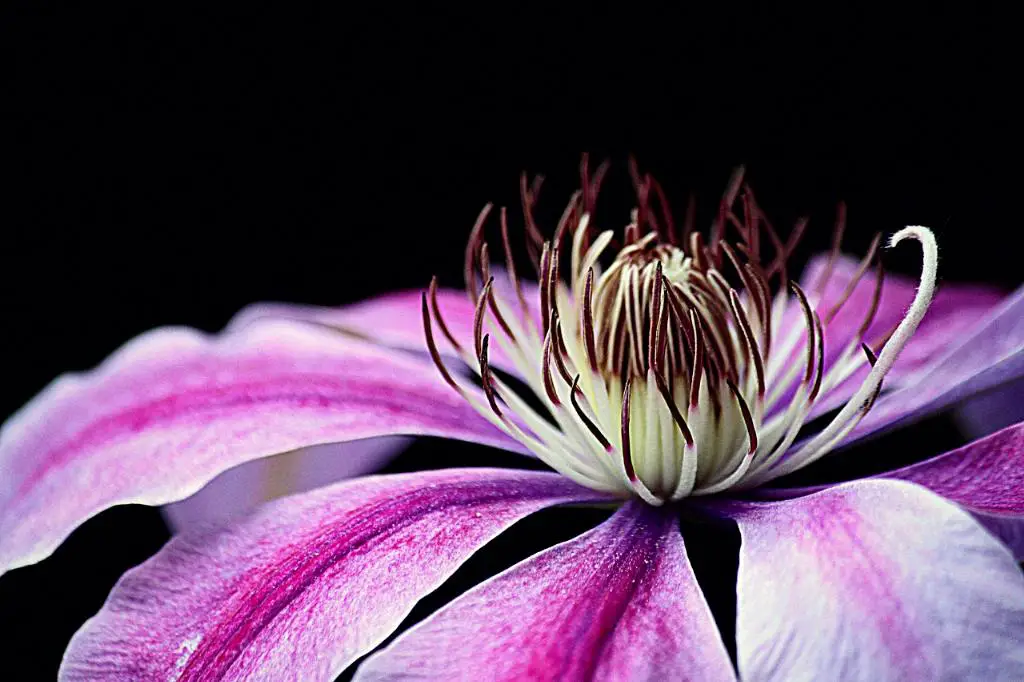When it comes to gardening, dealing with deer intrusion can be quite a challenge. These graceful creatures are known to have a wide-ranging diet, which often includes a variety of plants commonly found in landscapes. One such plant that deer tend to feast on is the beloved Clematis vine.
Deer and Clematis Consumption
Clematis plants are not immune to the appetites of deer. Unfortunately, these animals have been known to indulge in the delicate foliage and flowers of Clematis vines, making them vulnerable to damage in areas frequented by deer populations.
Preference for Clematis and Climbing Hydrangea
Deer have been observed showing a particular fondness for vines like Clematis and Climbing Hydrangea. These beautiful and ornamental plants are not exempt from being on the menu for deer looking for a meal in your garden.
Deer-Resistant Plants vs. Deer Favorites
While there are some plants that deer tend to avoid due to their taste or scent, Clematis plants, unfortunately, fall into the category of vegetation that deer find palatable. This means that if deer are prevalent in your area, you may need to take extra precautions to protect your Clematis vines.
Protecting Your Clematis Plants
To safeguard your Clematis plants from becoming an unintended snack for passing deer, consider using deterrent methods such as fencing, motion-activated sprinklers, or deer-resistant plants to create a barrier between the deer and your garden treasures.
Natural Defense Mechanisms
Clematis plants do not possess natural defense mechanisms like thorns or spines to ward off potential herbivores. This makes them an easy target for browsing deer looking for a tasty treat among your greenery.
Consideration of Location
Depending on where you live, the presence of deer in your area may vary. Suburban and rural regions are more likely to have deer populations that can pose a threat to your Clematis plants, so it is essential to be aware of the local wildlife habits.
Observing Deer Activity
If you notice signs of deer intrusion in your garden, such as tracks, droppings, or nibbled vegetation, it’s crucial to take action to protect your plants. Regular monitoring of deer activity can help you determine the best strategies for safeguarding your Clematis and other vulnerable plants.
Collaborating with Nature
While deer can be a nuisance in the garden, it’s essential to find a balance between enjoying wildlife in your outdoor space and preserving your plants. By implementing sustainable gardening practices and being mindful of local wildlife, you can coexist harmoniously with deer while protecting your precious Clematis vines.
Alternative Plant Options
If deer predation on Clematis plants proves to be a recurring issue in your garden, you may want to consider planting alternative species that are less appealing to deer. Researching deer-resistant plants can help you create a landscape that thrives while minimizing damage from wildlife.
Conclusion
In conclusion, while deer do have an affinity for a variety of plants, including Clematis vines, there are measures you can take to mitigate the risk of deer damage to your garden. By understanding deer feeding habits, implementing deterrents, and exploring alternative plant options, you can protect your beautiful Clematis plants and enjoy a flourishing garden environment.

